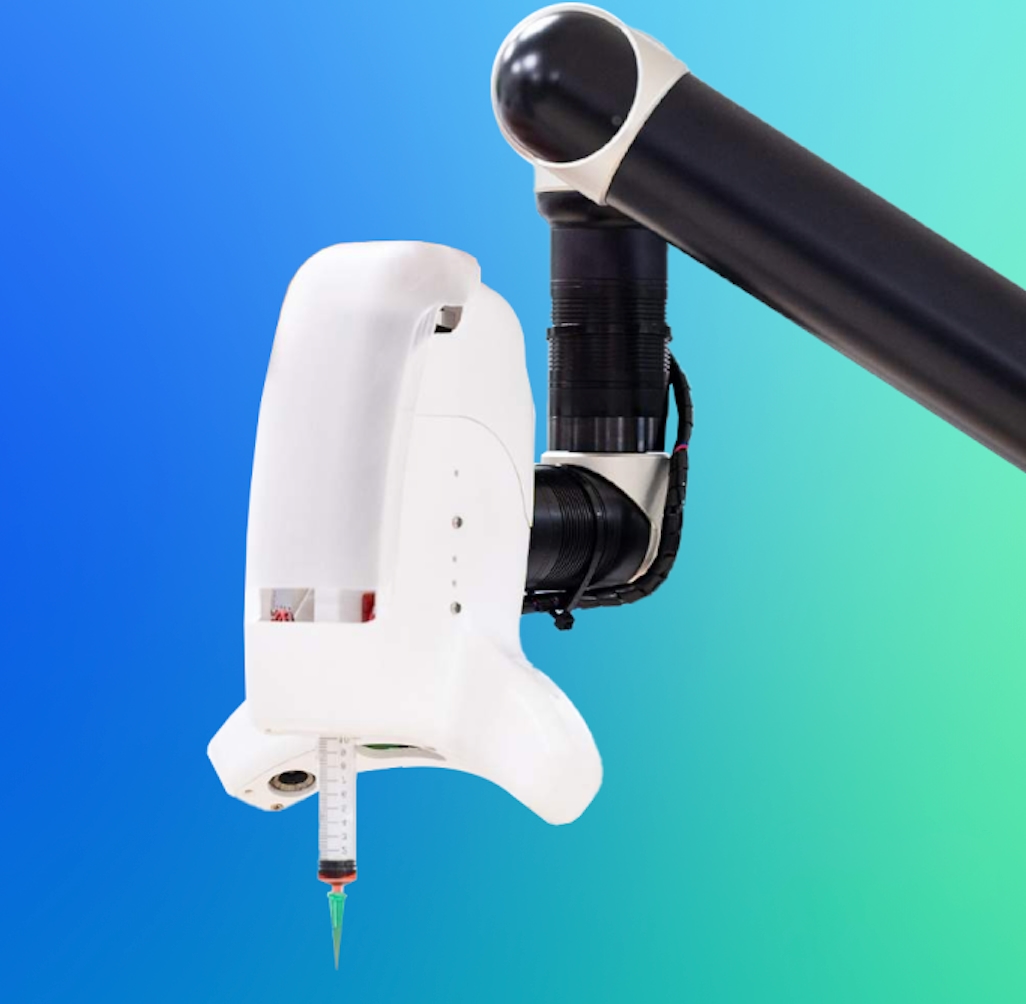Catalog
Search
69 products
View:
- Selected: 1Areas of use
- Selected: 0Item names
- Selected: 0Manufacturer
- Selected: 0Made in
- Selected: 0Additional
View:
69 products
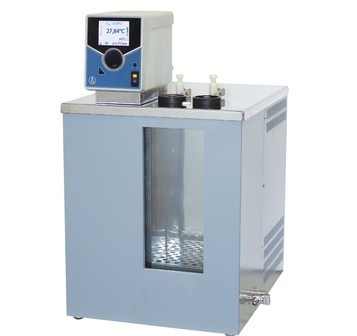
Low-temperature thermostat for determining viscosity LT-912
The LT-912 low-temperature thermostat (cryostat) is designed for thermostating glass viscometers when determining the kinematic viscosity of various samples, in particular, petroleum products according to GOST 33, ISO 3104, ASTM D 445, in the temperature range from -40 ° C to +100 °C.
Technical specifications:
Number of seats for viscometers 2
Operating temperature range, -40 °C ... +100
Accuracy of temperature maintenance, °C ± 0.01
Accuracy of the set setpoint temperature, °C ± 0.02
Working depth, mm 300
Volume of working fluid, l 9.5
Power consumption, W 2900
Overall dimensions (WxDxH), mm 470x480x650
Weight, kg 45
LOIP
Saint Petersburg
Produced in: Saint Petersburg
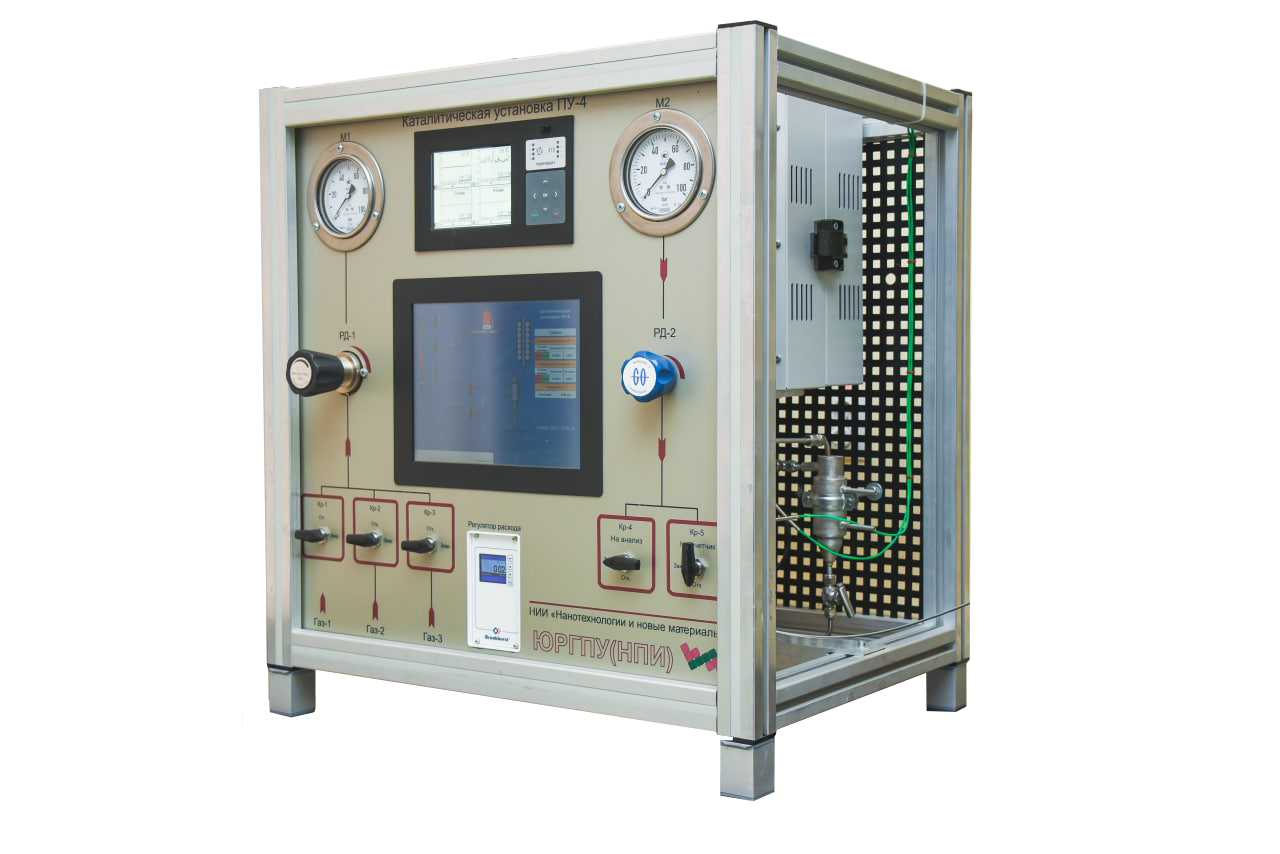
PU Desktop laboratory catalytic unit
The PU desktop laboratory unit is an automated installation based on a mini–reactor with a fixed layer that has a volume of up to 1.5 cm3. The PU desktop laboratory unit is designed to perform kinetic studies, evaluate the properties of catalysts, model catalytic processes, test the stability of catalysts and sorbents.
For maximum compliance with the customer's requests, the installation has a modular design with the possibility of adding new options.
Main advantages:
1. Compactness;
2. Real-time parameter monitoring;
3. Easy maintenance;
4. Operation safety;
5. User-friendly interface.
Applied tasks
1. Hydrogenation/dehydrogenation processes of hydrocarbons;
2. Fischer-Tropsch synthesis;
3. Catalytic cracking and isomerization;
4. Reforming of natural gases;
5. Hydrogenation processes;
6. Catalytic oxidation;
7. Hydrotreating processes.
Basic equipment
1. Gas supply unit
2. Reactor unit
3. Separation unit
4. Sampling unit
5. Unit for measuring the volume of the outgoing gas
6. Control unit
YURGPU(NPI) FGBOU VO "YURGPU(NPI) IMENI M.I.PLATOVA"
Novocherkassk
Produced in: Rostov region, Novocherkassk
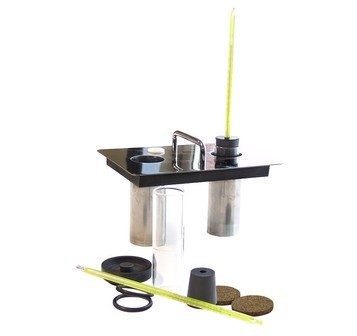
A set of LAB-CTT devices for determining the flow temperature of petroleum products
The composition of the kit:
LOIP FT-311-80 cryostat cover of special design 1 pc.
A flat-bottomed test tube with a label of 2 pcs.
Rubber ring-shaped gasket 4 pcs.
Stopper with a hole for a thermometer 2 pcs.
A disk made of cork 2 pcs.
Cooling bath cover 2 pcs.
LOIP
Saint Petersburg
Produced in: Saint Petersburg
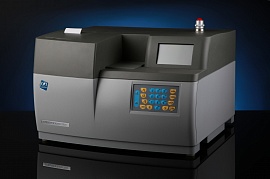
Chlorine and Sulfur Analyzer SPECTROSCAN CLSW
The device is developed on the basis of the analyzer SPECTROSCAN SW-D3, allows you to determine the mass fraction of organochlorine compounds in oil according to GOST R 52247-2004 (method B) and GOST 33342-2015 (method B), the sulfur content in automotive fuel, oil and liquid petroleum products in accordance with GOST R 52660-2006 / GOST ISO 20884-2016 and GOST R 53203-2008 / GOST 33194-2014, as well as to determine the mass fraction of chlorine and sulfur in any liquid samples in accordance with standardized techniques (methods).
Implements arbitration methods for determining the mass fraction of organochlorine compounds in oil and the sulfur content in automobile fuel.
The analyzer has successfully passed the interlaboratory tests under the guidance of JSC "VNII NP" (TK31). As a result of the tests, the accuracy of the method for determining the mass fraction of organochlorine compounds using the SPECTROSCAN CLSW analyzer was found to comply with the requirements of GOST R 52247-2004, method B, and the accuracy of the method was determined in the range of the mass fraction of organochlorine compounds from 1 ppm to 50 ppm.
Determination of the mass fraction of organochlorine compounds in oil involves sampling of oil, distillation of naphtha fraction (204 ° C), washing of naphtha from hydrogen sulfide and inorganic chlorides. An internal standard is introduced into naphtha extracted from oil – a solution of bismuth in a non-polar solvent and an analysis is carried out.
When determining the sulfur content, the analysis is carried out without additional sample preparation.
The analyzer is a proprietary development of NPO "SPEKTRON". The device is manufactured in St. Petersburg mainly from domestic components. There is a conclusion of the Ministry of Industry and Trade on the production of products in the territory of the Russian Federation.
The operator's actions when performing measurements are minimized:
- the number/name of the sample is entered from the built-in keyboard;
- the sample is poured into two cuvettes;
- the obtained samples are placed in the analyzer and measurements are started.
The analyzer performs all subsequent actions automatically without operator involvement:
- calculates and displays the chlorine and/or sulfur content in the sample;
- calculates convergence - the difference in determining the mass fraction of an element in the first and second samples;
- prints measurement results on the built-in printer.
NPO Spektron
Saint Petersburg
Produced in: Saint Petersburg
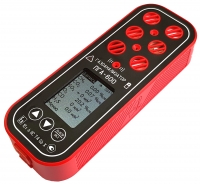
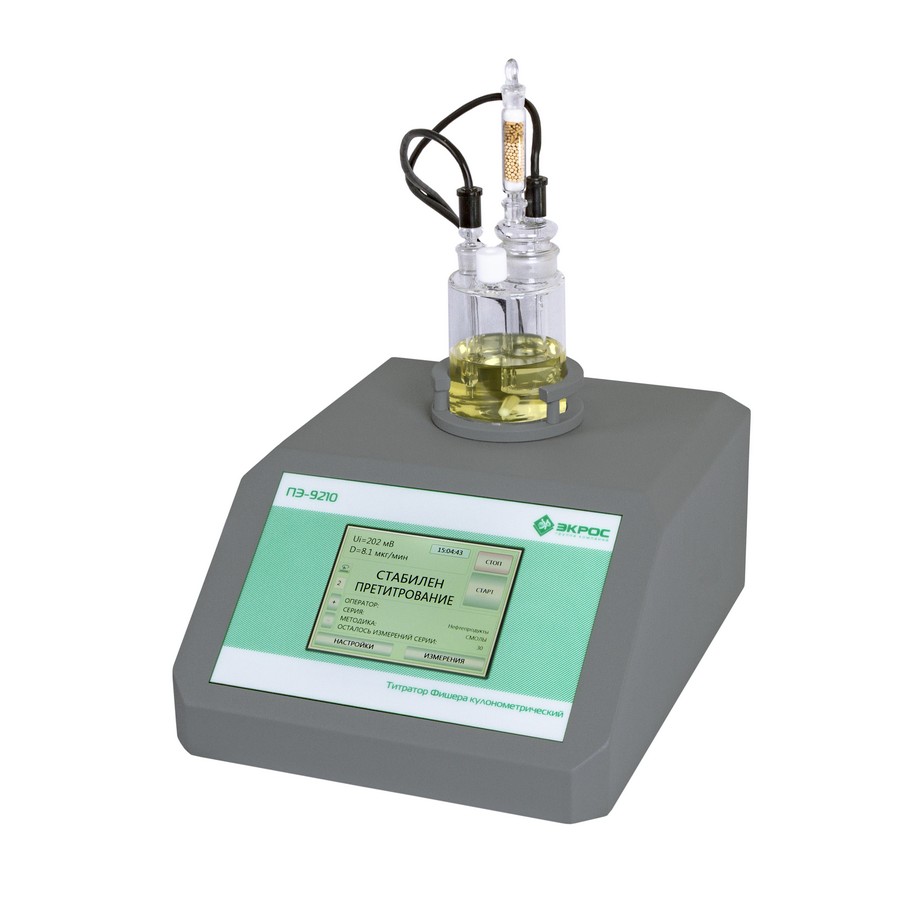
Fischer coulometric Titrator
from
690 000 ₽
The Fischer titrator is designed to measure the moisture content in non-aqueous media in substances that do not interact with the Fischer reagent, such as petroleum, petroleum products, oils (transformer, turbine, hydraulic, motor, etc.), organic solvents, etc. in accordance with GOST ISO 12937:2000, GOST 24614-81, GOST 33733-2016, GOST R 54284-2010, GOST R IEC 60814, GOST 14870-77, ASTM D 4928-00 (2010), ASTM D6304-07, ASTM D 1533-00, ASTM E 1064-05.
EKROSKHIM
Saint Petersburg
Produced in: Saint Petersburg
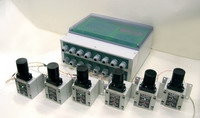
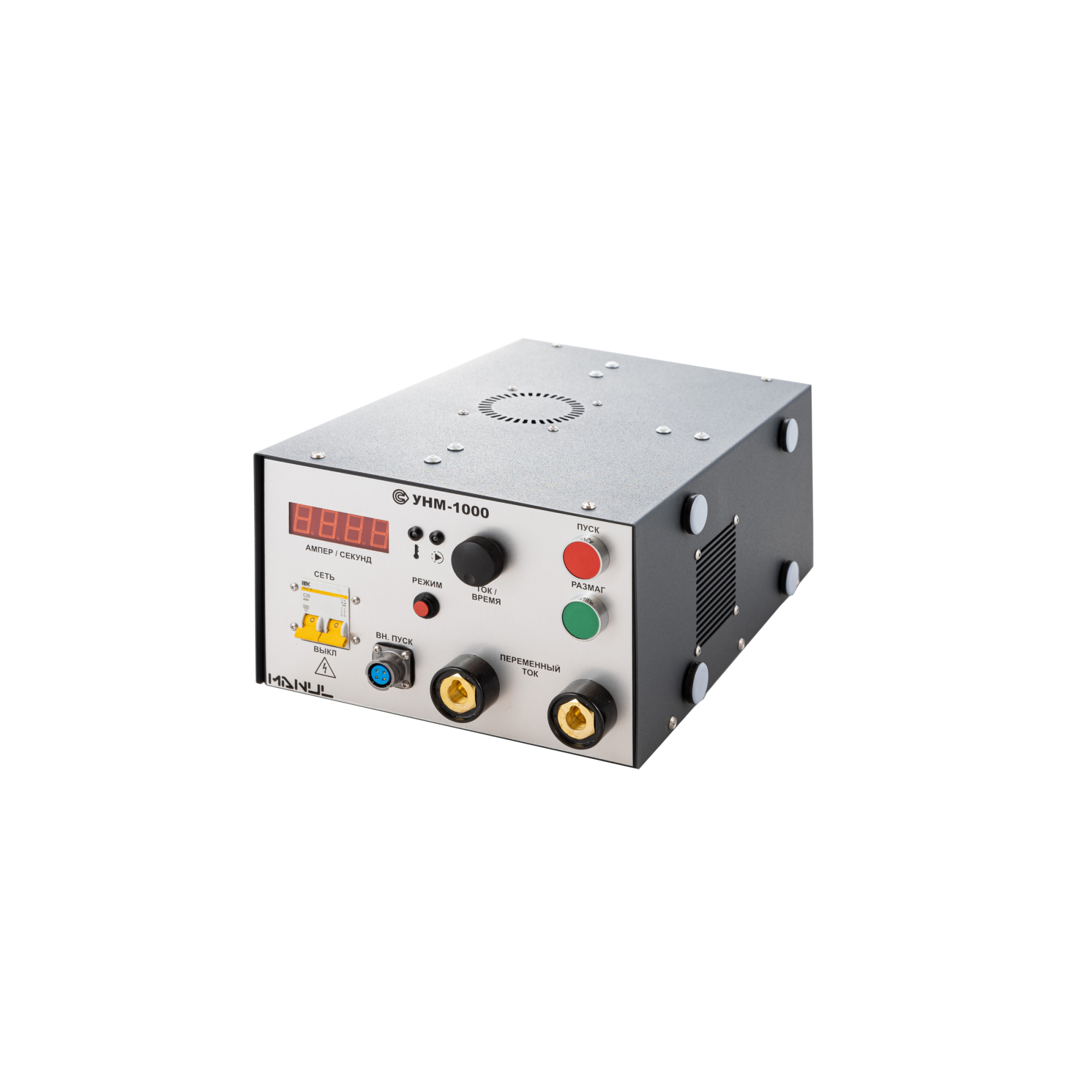
UNM-1000 portable magnetizing device, power unit
from
552 000 ₽
The UNM-1000 allows to detect internal, subsurface and surface defects of different types (cracks, flokens, delaminations, defects of welding seams, etc.) in parts, structural elements, units and mechanisms of industrial units, railway, auto, air vehicles, as well as petrochemical, gas and technological equipment during the manufacturing and repair stages or during routine inspections of the products being in operation.
The principle of operation of the UNM-1000 AC flaw detector
The magnetic powder method of detecting defects in products made of ferromagnetic materials is based on the ability of magnetic powder particles to settle in the defect zone, where inhomogeneities of the magnetic field created by the magnetizing device arise. Unlike devices based on permanent magnets, magnetic particle flaw detectors allow you to set the current and time of magnetization and automatically demagnetize controlled samples.
The UNM-1000 AC flaw detectors allow monitoring of products by the applied field method using various magnetization techniques. To do this, the alternating electric current generated by the flaw detector can be passed through a magnetizing cable or directly through a controlled product connected to the flaw detector using electrical contacts. The value of the current used for magnetization and demagnetization of the product is set by the operator of the device.
Design features and advantages
The UNM-1000 flaw detector is a portable device, which allows you to control the quality of products made of ferromagnetic materials both in production and in laboratory conditions. The basic set of equipment for magnetic particle flaw detection includes a UNM-1000 magnetizing device, a power cable for power supply from a single-phase AC network with a voltage of 220 V, and technical documentation. At the request of the customer, electrical contacts and a magnetizing AC cable can be additionally supplied.
The advantages of the UNM-1000 device of the MANUL series include:
the possibility of monitoring both in the applied magnetic field with longitudinal magnetization using power cables, and with circular magnetization by passing current through the controlled product;
wide range of magnetization current adjustment from 50 to 1000 A;
automatic demagnetization of controlled products;
high performance;
the device is compact and has light weight;
the degree of protection from external influences is at least IP40.
Scope of application of magnetic particle control means
Due to its versatility, simplicity and ease of operation, the UNM-1000 magnetic particle flaw detector can be used in almost all non-destructive testing laboratories of workshops and assembly shops of the automotive and aviation industries, railway transport, for the needs of civil and military shipbuilding. Also, the UNM-1000 magnetic powder control device can be successfully used in the energy sector, in the production of pipelines, metal structures, construction equipment and related industries. Technical characteristics of the portable magnetizing device UNM-1000 fully complies with the requirements of the following standards: GOST R 56512-2015, GOST R 53700-2009 (ISO 9934-3:2002), GOST R 50.05.06-2018, GOST R ISO 10893-5-2016, GOST ISO 17638-2018, RD 34.17.102-88, RD-13-05-2006 , as well as other national and foreign regulations documents on standardization of magnetizing devices and flaw detectors for magnetic powder control.
Technical specifications
• Magnetization current: up to 1000A (RMS), 4.3V,50 Hz
• Demagnetization mode
• Weight: no more than 20kg
• Overall dimensions (W×H×D): 290×160×450 mm
• The device is powered by 220V, 50 Hz
RII MNPO SPEKTR
Moscow
Produced in: Moscow
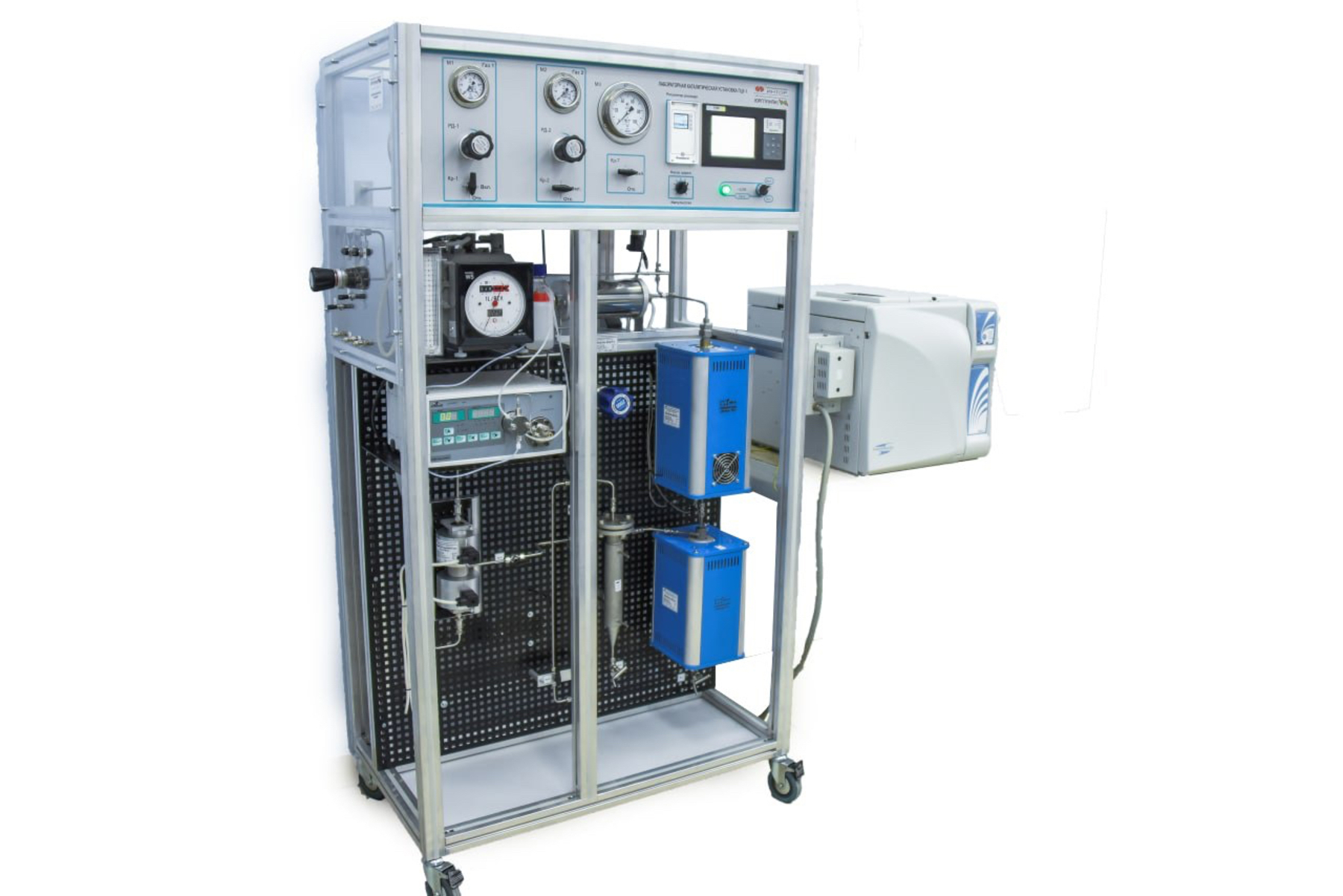
PCU-1 Laboratory catalytic unit
The PCU-1 laboratory catalytic unit is designed to perform the following tasks:
1. Educational and scientific research of chemical processes;
2. Improvement of current industrial processes and development of new ones;
3. Studies of homogeneous and heterogeneous catalysts.
The PCU-1 laboratory catalytic unit is manufactured in accordance with the technical requirements of customers so as to correspond to a wide range of technological parameters. Additionally, embedded equipment is designed to control the flow of raw materials and products, as well as data collection and processing. The unit can be subsequently modernized for new purposes.
Main advantages:
1. A reliable and high-precision system of control and regulation of technological parameters;
2. Easy replacement of catalyst samples;
3. The possibility of conducting long-term tests in continuous mode;
4. The possibility of upgrading the unit for new purposes;
5. The possibility of conducting tests in flow and flow-circulation modes;
6. Control and accurate reproduction.
YURGPU(NPI) FGBOU VO "YURGPU(NPI) IMENI M.I.PLATOVA"
Novocherkassk
Produced in: Rostov region, Novocherkassk
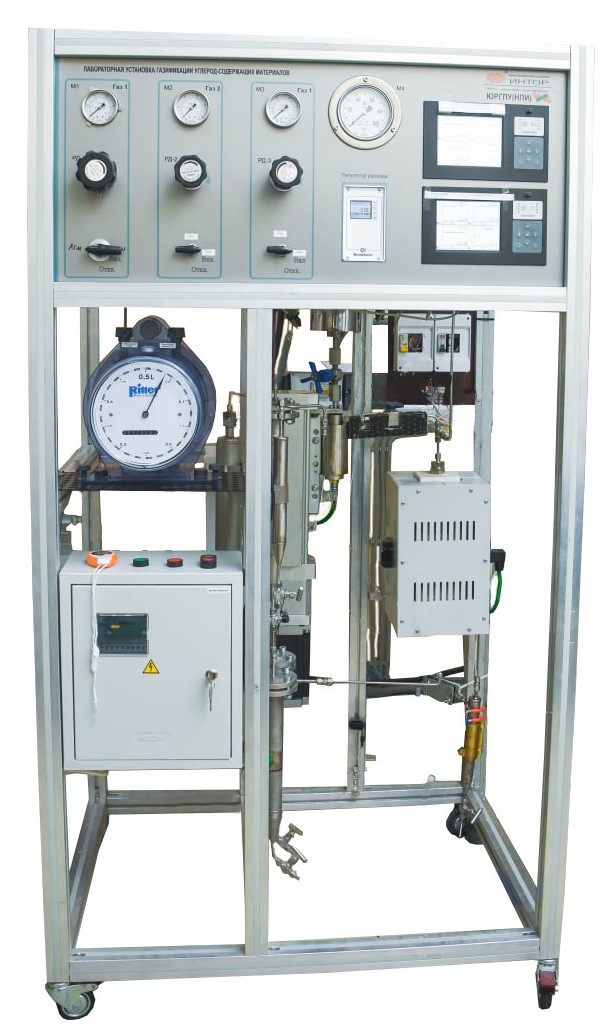
Laboratory hydrocracking/gasification unit
The laboratory unit is designed to study the catalytic and thermal processes of processing heavy petroleum raw materials.
The installation allows you to explore the following processes:
1. Hydrocracking
2. Thermal cracking
3. Gasification of water dispersions of coal, biomass, heavy oil residues.
The high-pressure liquid pump operates at temperatures up to 200°C, which makes it possible to supply high-viscosity components (fuel oil, tar, paraffin, ceresin, etc.) to the reactor.
The laboratory unit is manufactured in accordance with the technical requirements of customers so as to correspond to a wide range of technological parameters. The modular configuration of the unit allows you to change or upgrade it at any time for new tasks.
Main advantages:
1. The possibility of developing and supplying a reactor to meet customer requirements;
2. A wide range of accessories for the supply of liquids/solids;
3. Visual process control;
4. A system of control and regulation of technological parameters;
5. Convenience of loading and unloading of raw materials and reaction products;
6. The possibility of conducting long-term tests in continuous mode;
7. The possibility of upgrading the structure for new purposes;
8. Control and accurate reproduction.
YURGPU(NPI) FGBOU VO "YURGPU(NPI) IMENI M.I.PLATOVA"
Novocherkassk
Produced in: Rostov region, Novocherkassk
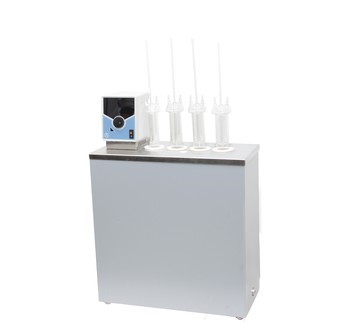
Thermostat for determining oxidative stability LT-830
Design features:
Microprocessor-based PID controller;
Multifunctional control knob;
Minimum temperature gradient over the entire volume of the bath;
Hole for the control thermometer;
Stainless steel bathtub ;
Built-in cooling heat exchanger;
Self-diagnosis system;
A faucet for draining the working fluid.
Technical specifications:
Temperature range, °C
- without external cooling
- with cooling with tap water
(current +10)...+100
(Tvods+5)...+100
Accuracy of temperature maintenance, °C ± 0.1
Number of test places
4
Power consumption from the mains 220 V, W 2200
Volume of working fluid, l 30
Working fluid
- up to 80 °C
- above 80 °C
distilled water
water-glycerin mixture
Overall dimensions (WxDxH), mm 560x250x710
Weight of the device without liquid, kg 25
LOIP
Saint Petersburg
Produced in: Saint Petersburg
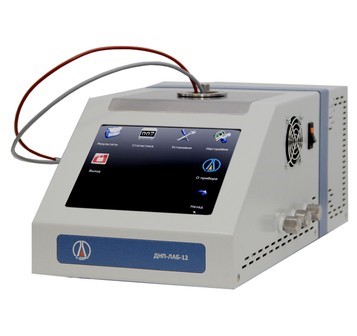
Automatic apparatus for analysis of saturated vapor pressure of liquid petroleum products DNP-LAB-12
Technical specifications:
The volume of the analyzed sample is 5 ml
The volume of the test chamber is 25 ml
Test temperature 37.8°C
Accuracy of maintaining the temperature of the chamber ±0.1 °C
Pressure measurement range
0.01...200 kPa
Pressure measurement accuracy ±0.01 kPa
Gas/liquid ratio 4/1
Power consumption from 220 mains, no more than 150 watts
USB, LAN interface
Overall dimensions, no more
450x230x190 mm
Weight, not more than 15 kg
LOIP
Saint Petersburg
Produced in: Saint Petersburg
